
8 AI Tools That Can Help You Build a $1.6M/Year Business
Last year, a SaaS business achieved a significant milestone: it crossed $1 million in total revenue. Even more impressive, the business is on track to grow that number by 1.5x in 2025.
The secret?
Replacing most of the team with AI!
In 2024, the team consisted of nine people. Today, it’s just four. And the most remarkable part? The profit margin has soared to almost 90%.
This transformation was made possible by leveraging cutting-edge AI tools to automate and streamline nearly every aspect of the business.
Below is a detailed breakdown of the eight high-impact AI tools that played a pivotal role in this success — and how they replaced traditional roles in operations, customer support, content creation, and product development.
The Four Pillars of a SaaS Business
Before diving into the tools, it’s essential to understand the four key areas every SaaS business needs to cover:
- Operations: The backbone of the business.
- Customer Support: Keeping users happy.
- Content Creation: Building the brand and driving engagement.
- Product Development: Innovating and improving the offering.
These are the areas where AI made the most significant impact. Let’s explore the tools that made it all possible.
1. AI Chat Tools: The Brains of the Operation
For a long time,
ChatGPT from OpenAI was the only real option for AI-powered chat.
However, the landscape has evolved, and there are now several alternatives, each with its own strengths:
- Claude: A favorite among many founders.
- DeepSeek: A newcomer with impressive results.
- Gemini: Google’s answer to ChatGPT, excelling in location-based queries.
- Llama: An open-source option.
While all these tools have their merits, ChatGPT remains the most versatile.
However, Gemini has become the go-to for anything related to maps or local searches. For example, when searching for a specific service in a local area, Gemini delivers spot-on results.
One downside?
ChatGPT is getting expensive.
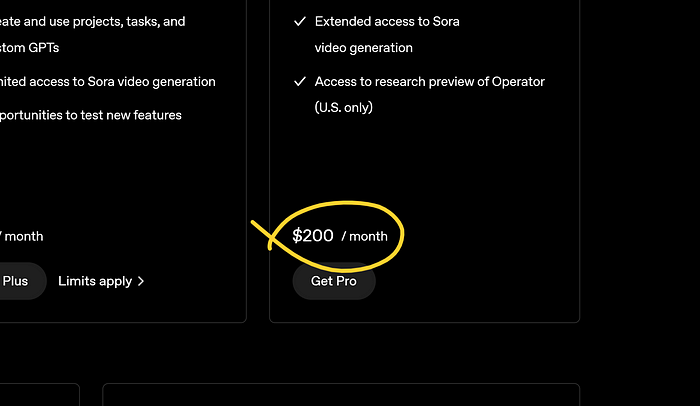
Screenshot on Pricing — ChatGPT by author
The $200/month plan is a tough sell when there are so many good alternatives.
To save costs, OpenAI’s models are now accessed directly through a wrapper called TypingMind.
This approach provides more value for the money and allows access to OpenAI’s capabilities without paying for ChatGPT’s premium plan.
2. n8n: The Automation Powerhouse
For those familiar with tools like Zapier or Make, n8n is a game-changer.
It’s an automation tool that takes things to the next level!
What sets n8n apart is its flexibility — users can jump into code whenever needed, making it a favorite among programmers.
The real excitement comes from n8n’s integration with OpenAI, which allows the creation of AI agents. These agents can autonomously figure out how to complete tasks using the tools provided. It’s like having a team of virtual employees working behind the scenes.
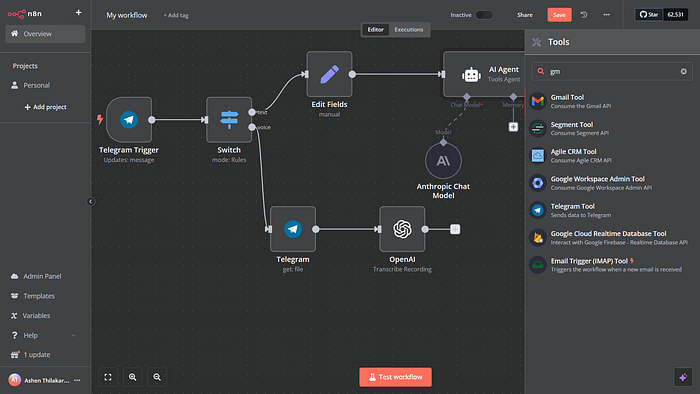
Sceenshot on n8n by author
For example, AI agents have been set up to handle tasks like data processing, report generation, and even customer communication.
The best part?
There’s no need to wire complex conditional automation flows. Just drag in an agent, add a model, and let it do the work.
The enthusiasm for n8n is so high that it’s likely to be a recurring topic in discussions. (It’s just that good.)
3. Aidbase: AI-Powered Customer Support
Customer support is a critical part of any SaaS business, but it can be a huge time sink. That’s where Aidbase comes in.
It’s an AI-powered support system that can be trained on the business’s own data — its website, PDFs, even YouTube videos.
Once trained, a customer support chat can be placed directly on the website. The AI can also assist with tickets and emails, creating a perfect blend of automation and human oversight.
For example, if a customer has a question about the product, the AI can pull information from the knowledge base and provide an instant response. If the issue is more complex, it can escalate the ticket to a human agent.
Aidbase is one of the products in the Founder Stack bundle, which offers a 7-day free trial and even a lifetime access deal. It’s a powerful tool for small and bootstrapped teams looking to streamline customer support.
4. Replicate: Content Creation on Steroids
When it comes to image and video generation, Replicate is the go-to platform.
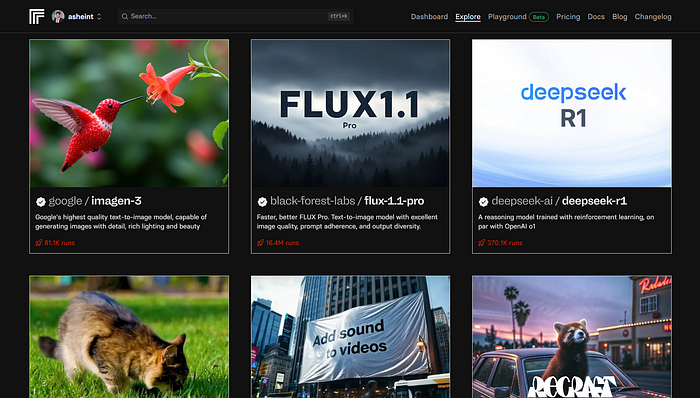
Screenshot on Replicate by author
It allows users to run and fine-tune open-source AI models like Stable Diffusion and Flux.
One of the favorites is Flux, which has been fine-tuned to create hyper-realistic thumbnails.
Replicate handles all the heavy lifting, spinning up GPU instances as needed and delivering stunning results.
It’s also great for video, sound, and more. The CGI and 3D effects seen in many videos are often powered by Replicate.
For example, custom thumbnails for YouTube videos are generated using Replicate.
By fine-tuning a LoRA model (a type of AI model), images that look like they were shot by a professional photographer can be created.
5. ComfyUI: Fine-Grained Control for Creatives
For more advanced content creation, ComfyUI is the tool of choice. It lets users run open-source diffusion models with incredible precision.
Custom pipelines and flows can be created using a node-based system, piping the output of one model into another.
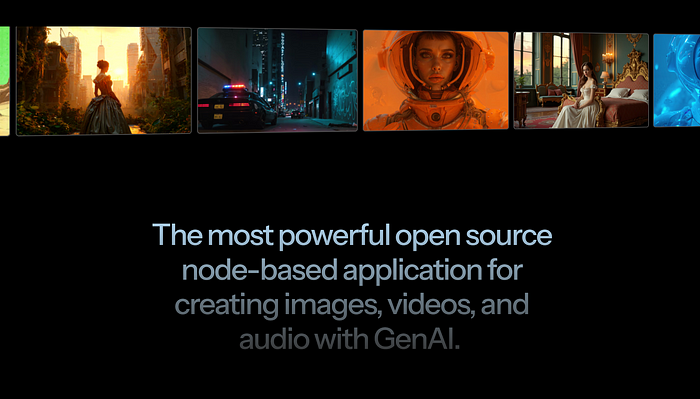
Screenshot on ComfyUI by author
ComfyUI is used to enhance basic Blender skills, creating 3D environments and effects that make videos stand out.
For example, a basic 3D scene can be transformed with realistic lighting, textures, and effects using ComfyUI.
It’s a game-changer for anyone looking to add a professional touch to their content without needing a full VFX team.
6. ZoeDepth: Turning 2D into 3D
Another tool used for content creation is ZoeDepth.

Screenshot (Depth Predection Demo on ZeoDepth) by author

Screenshot (Image to 3D Demo on ZeoDepth) by author
It takes a 2D image and predicts its depth, turning it into a 3D mesh.
This is used in combination with Flux to create 3D environments for videos.
For example, a starting image of an environment is generated using Flux and then uploaded to Sey Depth to create a 3D mesh. This mesh can be brought into After Effects to create a 3D-like environment for videos.
It’s a low-effort way to add a wow factor to content.
7. FeedHive: AI-Powered Social Media Management
Managing social media can be a full-time job, but FeedHive makes it a breeze.
This AI-powered tool helps schedule and manage content across platforms like LinkedIn, YouTube, Instagram, and TikTok.
FeedHive also includes an AI assistant fine-tuned for content creation, along with predictive analytics to help optimize posts for better reach.
For example, it can suggest edits to posts to make them more engaging.
FeedHive is another tool in the Founder Stack bundle, making it a valuable addition for businesses looking to streamline their social media efforts.
8. Cursor: AI-Driven Product Development
Finally, let’s talk about product development. Cursor is a code editor similar to VS Code, but with built-in AI tooling that’s a total game-changer.
Whether an experienced developer or a complete beginner, Cursor can help write, autocomplete, and even generate entire codebases.
For example, if building a web app, Cursor can autocomplete code and even predict where the next change should be.
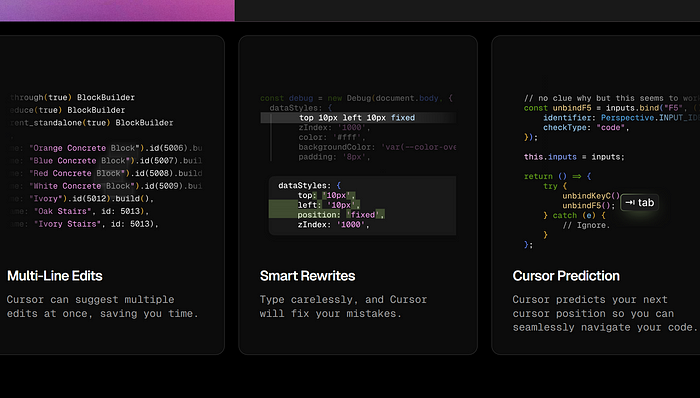
Sceenshot on Cursor by author
It’s like having a coding assistant by your side!
For non-coders, no-code tools are still recommended, but Cursor is a fantastic option for those who want to dive into coding with AI assistance.
Bonus Tool: 🤩ElevenLabs — The AI Voice Revolution
Edit: Since this article has been gaining so much traction, I decided to share a bonus tool that’s been a game-changer for many creators and businesses alike.
Meet ElevenLabs,
an AI-powered audio tool that’s redefining how we think about voice creation and automation.
If you’ve ever wanted to create audio content without having to record your voice repeatedly, ElevenLabs is your answer.

Sceenshot on ElevenLabs by author
Here’s how it works:
you upload 1 to 2 hours of your own voice recordings, and the AI creates a voice avatar that sounds just like you.
Yes, you read that right
— it generates your voice so accurately!
that you’ll barely notice the difference.
The more audio you feed into the system, the better it gets. For instance, creators who’ve trained their models with 10+ hours of audio have achieved results so natural that it’s almost indistinguishable from their real voice.
This is why you’ve probably seen those ultra-realistic AI avatar videos on social media — many of them are powered by ElevenLabs.
The Future of AI in Business
AI isn’t just a buzzword — it’s a transformative force that can help businesses operate in 10x mode. By embracing these tools, the SaaS business was able to scale, reduce costs, and focus on what really matters: growth and innovation.
For those curious about these tools, exploring them is highly recommended. And for those looking to dive deeper into how n8n and FeedHive can create AI-driven workflows, staying tuned for more insights is a good idea.
Ready to Replace Your Team with AI Agents?
If this story has sparked your interest in leveraging AI to streamline operations, you’ll definitely want to check out the detailed guide: How to Replace Half of a Startup Team with AI Agents.
How to Replace Half of a Startup Team with AI Agents (And How You Can Too)
In this story, we’ll explore how you can create your AI-powered startup team without writing a single line of code.
Whether you’re running a SaaS business or any other type of startup, replacing even half of your team with AI agents can lead to significant cost savings, improved efficiency, and scalability. Don’t miss out on the opportunity to future-proof your business — click the link above to learn more!
What’s Next?
AI is here to stay, and it’s only going to get better!
The question is:
Are businesses ready to embrace it and take their operations to the next level?
Which tools are you most excited to try — or have you already started your AI journey? Share your experiences!


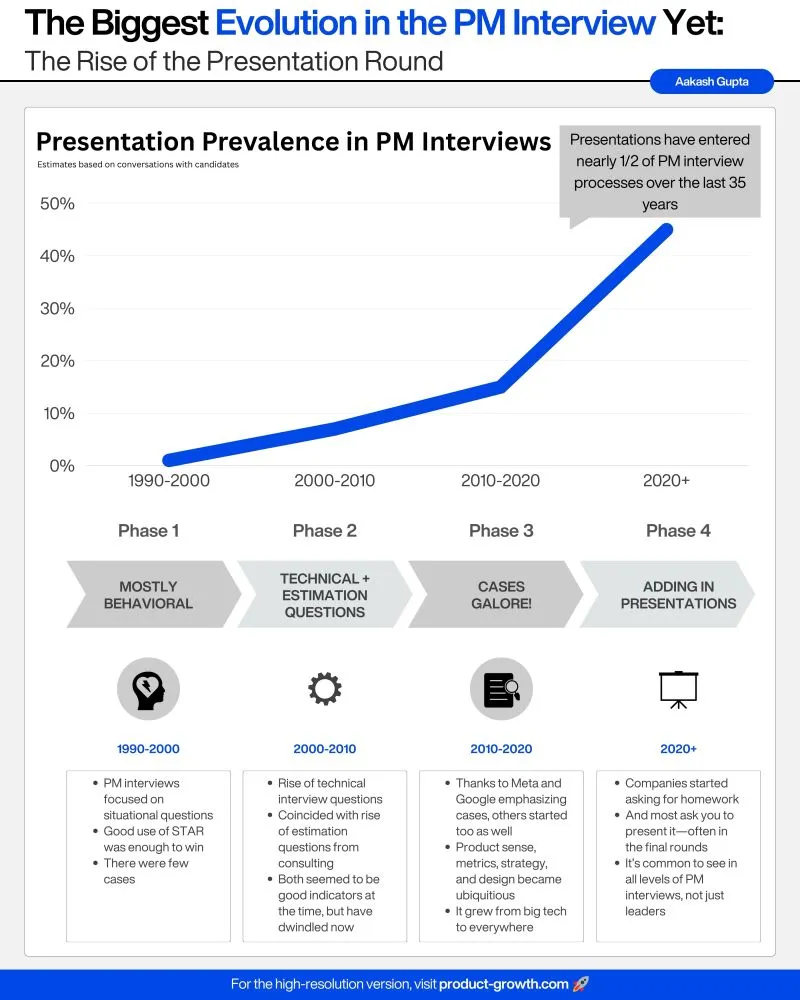
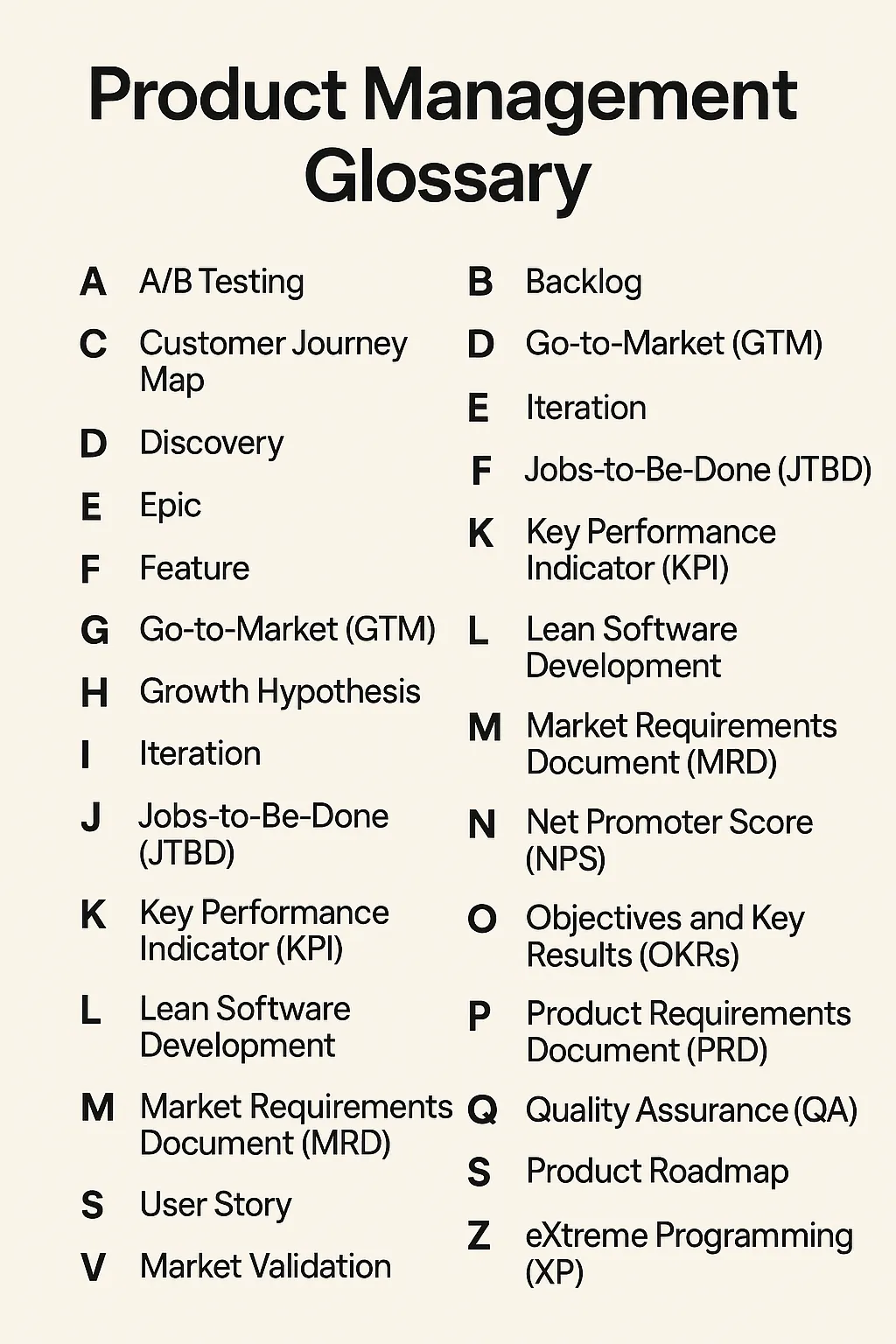

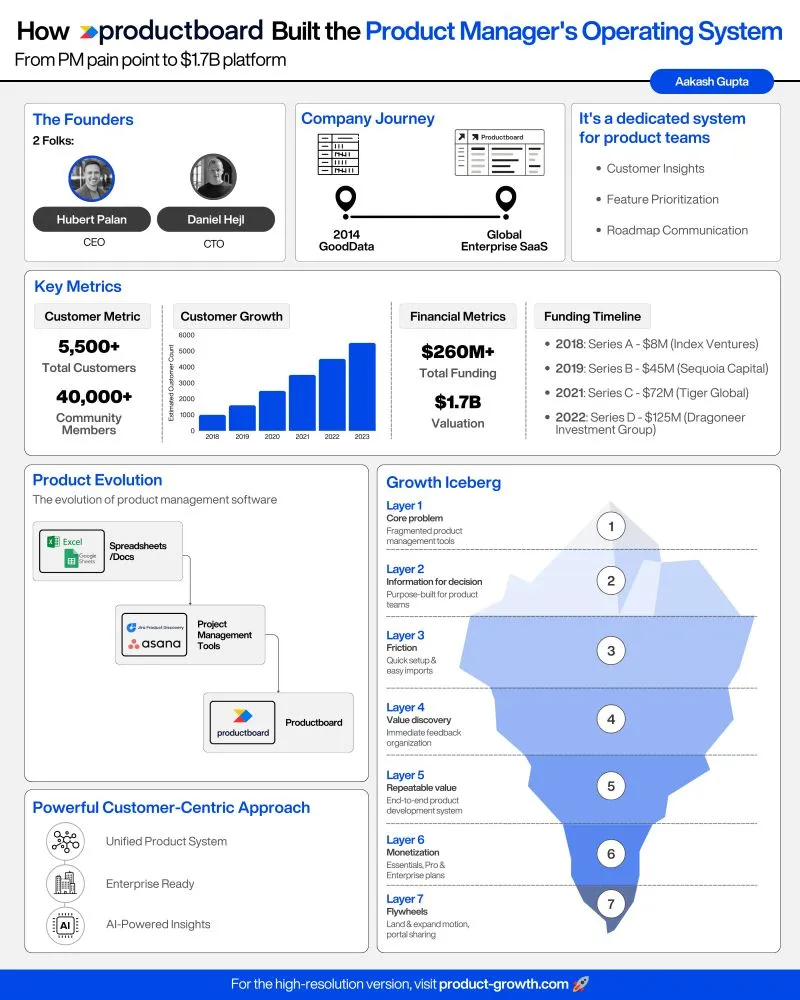


Comments ...
Leave a Comment
AnonymousUser Reply
Votre guide <a href=https://parifoot-rdc.com/>parifoot rdc</a>: picks quotidiens, cotes comparees, tickets securises, gestion de mise, cash-out et promos. Depots via mobile money, retraits rapides, support francophone. LINAFOOT, CAF, ligues europeennes. Pariez avec moderation.
AnonymousUser Reply
Вызывали вывести тараканов недавно, результат отличный! <a href=https://dezchel.ru/>санэпидемстанция отзывы</a>
Leave a Comment